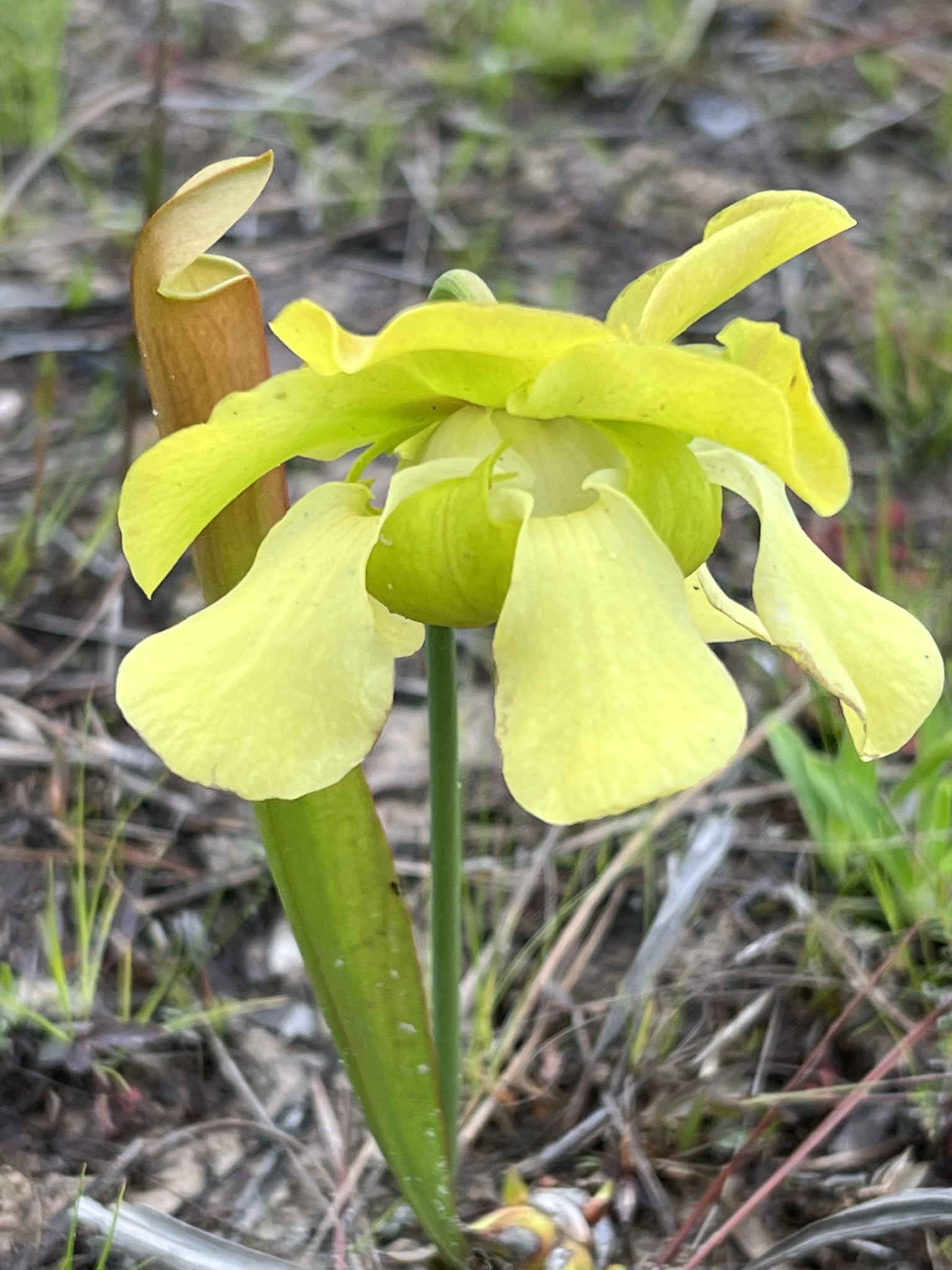It is always risky to choose the best of anything, including places where nature is seen at its best.
For those of us who frequent those “best” places, we are picky in how we define them as such. For the purpose of this list, the number and quality of the habitats present and the associated biodiversity are primary factors. Here are four of what I and other local naturalists consider to be the best places to see quality habitats and the highest levels of biodiversity in coastal Mississippi.
The Fontainebleau Trail is part of the Mississippi Sandhill Crane National Wildlife Refuge, located in east Ocean Springs. Hikers encounter multiple habitats along either of the two main loops (0.5-mile Green Loop and 1.6-mile Red Loop). Beginning in a Southern Mixed Hardwood Forest, the trail passes through Longleaf Forest, Bayhead Swamps, and Wet Pine Savannas, with elevated scenic views of Davis Bayou and its brackish Tidal Marshes. The high biodiversity found here is driven by periodic prescribed burns that maintain the upland Longleaf Forest and Wet Pine Savannas as open grasslands under a canopy of Longleaf Pine. Wet Pine Savannas are the most biologically diverse habitat in North America, with more than 350 species of plants, including numerous carnivorous species, terrestrial orchids, and numerous fire-adapted grasses, sedges and flowering plants. Access to this and the Dees trail mentioned next are both free.

The CL Dees Trail is also part of the Sandhill Crane Refuge, located just north of Gautier at the Refuge Headquarters. This 1.5-mile long trail traverses some of the best managed Longleaf Forest and Wet Pine Savannas on the coast, the latter being critical habitat for the refuge’s namesake – the non-migratory Mississippi Sandhill Crane. Given its more rural location, the two fire-dependent habitats here are burned on a regular three-year schedule, reflecting what these habitats looked like before fires were suppressed in the last 50 plus years. The trail includes a scenic overlook of Bayou Castelle, a Tidal Freshwater Marsh.
The Judy Toups Trail is part of the Ward Bayou Wildlife Management Area (WMA), located northeast of Vancleave. This 0.8-mile trail traverses upland and wetland habitats that support a unique assemblage of plants that can be seen nowhere else. From the banks of Ward Bayou, the trail rises along the slopes of an 80-foot high bluff, covered by a Magnolia-Beech Forest, across a relic, forested sand dune, and down and across a Bottomland Hardwood Forest. Numerous groundwater-fed hillside streams flow across the trail, along with dramatic ravines that support numerous unique species. The site is managed by the Mississippi Department of Wildlife, Fisheries and Parks and requires users to purchase a WMA User Permit: the modest fee ($15 per year for residents) dedicated to upkeep of the 52 sites across the state. Permits are available anywhere fishing and hunting licenses are sold. NOTE: This trail is undergoing restoration but will reopen in July.
The Tuxachanie Trail is part of the U.S. Forest Service’s Desoto National Forest, the main trailhead located south of Saucier. For hikers, this is a healthy, 13-mile walk through a variety of upland and wetland habitats, including Longleaf Forests, Bayhead Swamps, and Pitcher Plant Bogs. The Airey Lake Campground provides a respite about halfway along the trail, that proceeds from there to the POW Camp, a more remote camping site, accessible by car. The Longleaf and bog habitats are maintained by periodic fire by the Forest Service.
Any mapping app will provide directions to these sites. For a naturalist-led tour, consider the monthly Nature Discovery Tour of the Fontainebleau Trail, held the first Saturday of each month, from 9:00 a.m., lasting about two hours.
Hope to see you in our great outdoors!